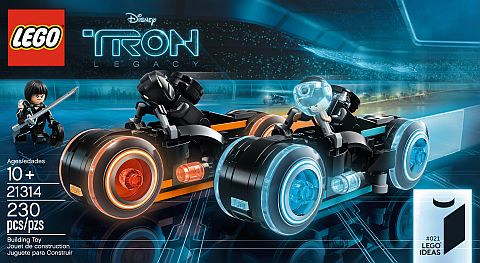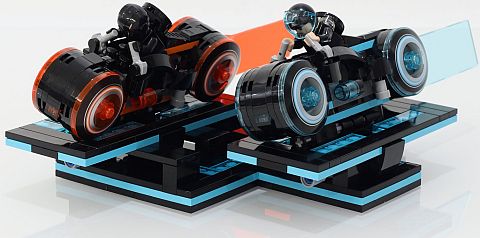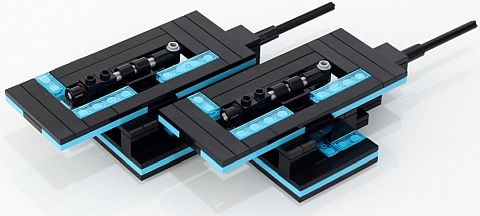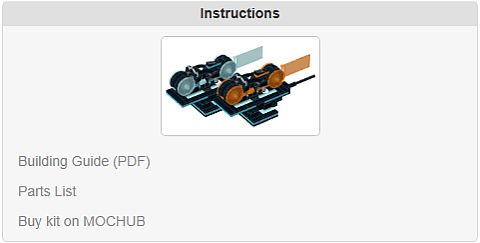A very surprising piece of news that came out earlier this week is that LEGO will be making construction sets based on the Overwatch video game by Activision Blizzard. There are several reasons why this news is such a big deal, so let’s discuss. 🙂

First of all, here is the excerpt related to the new license from the original press-release (find full press-release at BusinessWire): “Set for ongoing growth with a slate of world-class entertainment properties, Activision Blizzard Consumer Products Group (ABCPG) arrives at Licensing Expo 2018 with an all-star roster of licensing and retail partners. Through gameplay, film and television content, esports events and consumer products, Activision and Blizzard Entertainment are creating depth, breadth and longevity of engagement around their franchises and across platforms. A year into the group’s formation, ABCPG is successfully delivering against the company’s franchises, including Blizzard’s Overwatch and Activision’s Call of Duty, among others. The merchandising program for Overwatch is significantly expanding. Hasbro has been awarded the master toy license for the franchise with plans for a wide range of play experiences including a NERF product line, games and more. Additionally, LEGO Group has plans for multiple Overwatch building sets across various price points.”
In case you are not familiar with Overwatch, it is a very popular team-based multiplayer first-person shooter video game that was released in 2016 and is available for PlayStation 4, Xbox One, and Windows. Players are assigned into two teams of six, with each player selecting from a roster of characters known as “heroes”. Players on a team work together to secure and defend control points on a map or escort a payload across the map in a limited amount of time. Players gain cosmetic rewards that do not affect gameplay, such as character skins and victory poses, as they play the game. After initial purchase, updates for the game are free, with the only cost being microtransactions to earn additional cosmetic rewards. Overwatch has more than 40 million players and is considered one of the best multiplayer games with numerous awards. I have included a couple of trailers here for the game so you get a sense of what it looks like.
LEGO picking up a first-person shooter video game is a huge surprise. To date, they have stayed away from video games in general, with the exception of Minecraft. Even LEGO Angry Birds sets were only released after the film (which was based on the original game). In addition, games and films wholly centered on shooting was always against LEGO’s policies. While Overwatch is a cartoony game with unrealistic weapons, it’s still all about shooting with not much else going on. The game doesn’t have any iconic locations or vehicles, although there are some mechs LEGO could potentially use for building sets.

Another reason this collaboration is a surprise is because Overwatch characters don’t naturally lend themselves to be made into traditional minifigs due to their diverse sizes and shapes. Some LEGO fans believe that LEGO may use the large buildable figure system for the characters, or even the LEGO BrickHeadz standard, as demonstrated by LEGO fan 0nuku in the picture below.
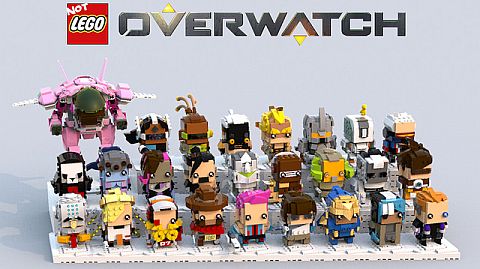
Mega Construx (formerly Mega Bloks) has been a long time maker of construction toys for Blizzard’s other properties like Call of Duty and Destiny. Mega’s micro action-figures for these lines are amazing, and a much better fit then what LEGO could produce. While the press-release states that Mega will continue making Call of Duty and Destiny construction sets, some LEGO fans wonder if there is a possibility that LEGO may pick up other Blizzard licenses in the future. On the other hand, it is also possible that Mega will get the Overwatch license if the LEGO sets don’t perform well. This wouldn’t be the first time when a licensed property gets passed from Mega to LEGO and vice versa (i.e. Teenage Mutant Ninja Turtles, Spongebob SquarePants).

While some LEGO fans are super excited that the Overwatch license will open the door for other video game-based LEGO sets from Blizzard like Call of Duty, Destiny, World of Warcraft, StarCraft, etc., or even from other gaming companies, others are concerned that LEGO is straying away from their standards by collaborating with first-person shooter games, and releasing too many licensed themes in general. Time will tell how all of this will play out…

What do you think? Do you play Overwatch? How do you like the game? And what kinds of sets do you think LEGO will release? Feel free to share your thoughts and discuss in the comment section below! 😉
And you might also like to check out the following related posts:


